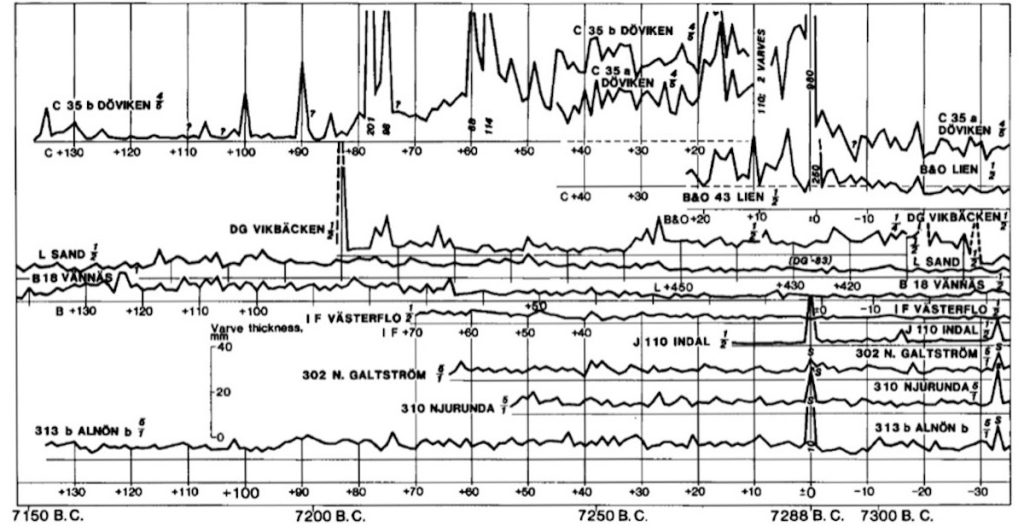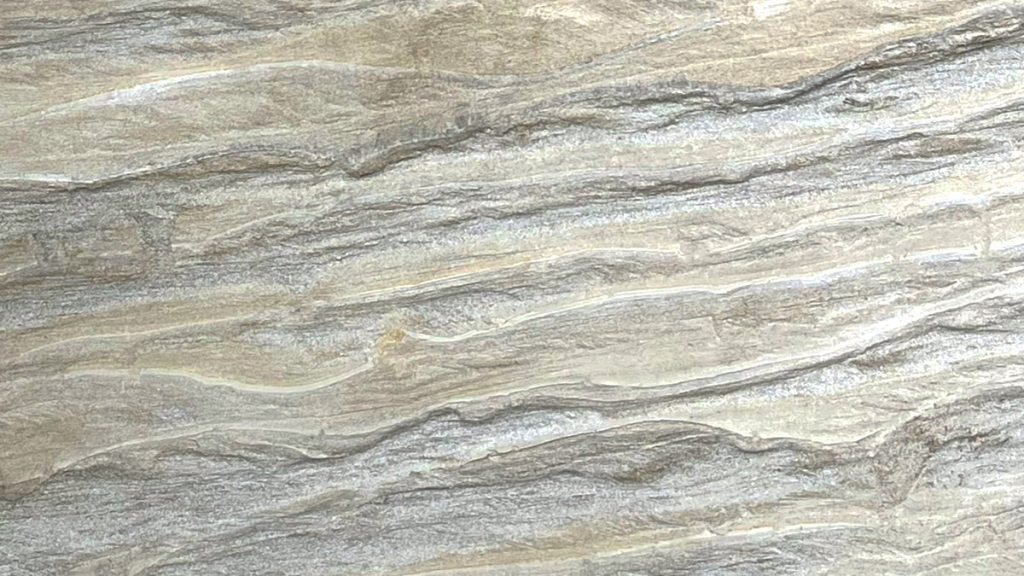Theme Scientific Breakthrough
The theme Scientific breakthrough is about the geologist Gerard De Geer's discovery of the end of the last ice age and his invention of The Swedish Time Scale.
Investigated deposited sediments
Gerard De Geer was a famous professor of geology at Stockholm University. At the end of the 19th century, De Geer began investigations of deposited clay sediments and made accurate measurements of their thickness. He had a theory that it was possible to date the end of the latest ice age by counting layers of clay deposited in lakes and fjords when the inland ice melted. Like annual rings in a tree, these layers of clay had built up, a lighter, thicker layer in the summer and a darker, thinner one in the winter.
Studied varves of clay in the emptied Lake Ragundasjön
Early in the 1900s, De Geer and his students came to Ragunda. He had realized that Ragunda was a perfect location for studying varves – layers – of clay. After Lake Ragundasjön had been emptied of water the varves were easy to study.
The uppermost layer dated from 1796, the year when the lake was emptied. From there it was just a matter of counting backwards in time, and connecting the clay layers to a time scale. The bottom layer was approximately 7,000 years old. Since the varves are unique, De Geer and his students were able to make comparisons with other, corresponding layers in other places, where they could count more layers further back in time. This way they could create a very long time scale.


The discovery of 'Year Zero'
When De Geer had finished counting, his conclusion was that the end of the latest ice age should have happened about 12,000-13,000 years ago. Nowadays, geologists believe that Ragunda was ice-free about 10,000 years ago.
The Swedish Time Scale
De Geer’s intention had been to calculate the end of the latest ice age, but the application of his measuring method found far wider use than this. He also believed that it was possible to correlate sediment all over the world, but these ideas proved not correct.
The varve chronology system that De Geer invented was called The Swedish Time Scale. It was the geological science´s first absolute and more exact means of measuring time.
The Geochronological Museum is housed in the Department of Geosciences at Stockholm University. Here you can find much of the material connected to Gerard De Geer and the varve chronology research.

Ragunda on an exclusive world heritage list
Ragunda´s varves of clay were selected as 1 of 100 geological heritage sites; sites of major importance for the development of geological science and the understanding of the history of Earth. The organisation behind The First 100 Heritage Sites is IUGS, International Union of Geological Sciences, one of the world’s largest scientific organisations. Read more: Quaternary glacial varves of Ragunda.
IUGS has published a book with the 100 sites. For a free download: The First 100 IUGS Geological Heritage Sites.



